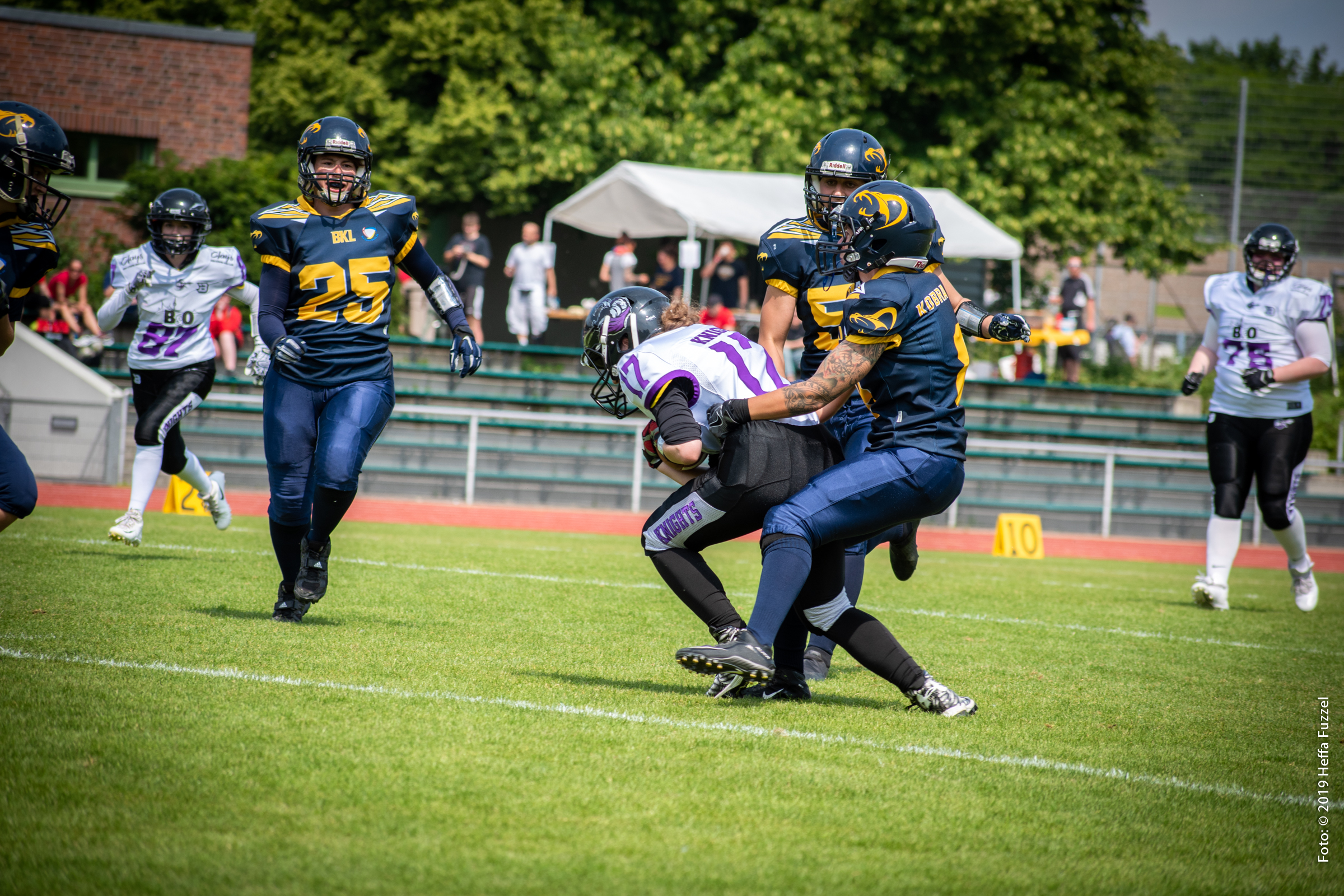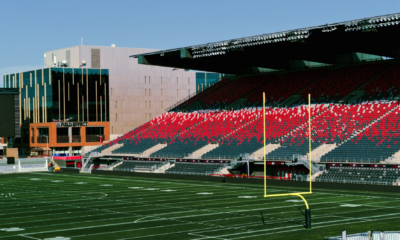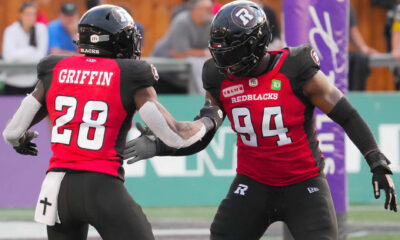
Canadian and American football are among the most popular forms of football worldwide. They both came from rugby football, however, they have significant differences. Many gamers regularly bet on matches as they are used to in case of casino bettings.
Playing area
Compared to the US, Canada’s playing surface is bigger. It’s about as big as the ones used in the country before 1912. Measuring 110 by 65 yards, it’s 69.4 by 59.4 meters wider than the American version.
In Canada, the end zones are around 20 yards deep, while in the US, they are about 10 yards shorter. In 1983, the BC Place stadium in Vancouver became the first place in the country to feature a 20-yard end zone. The Toronto Argonauts‘ home ground, BMO Field, also has an 18-yard end zone.
The American field is approximately 34% smaller than its Canadian counterpart, with the latter having 8152 square meters of end zones and an area of 57,600 square feet. The Canadian field features an end zone that can be accessed from the corners ensuring that the infield is parallel to the track.
In the Canadian Football League, the only place where an end zone is located is the Molson Stadium in Montreal, which is the home of the Alouettes.
In American football, the goalposts are located on the line that marks the end of the playing field. This has been the case since 1974. In Canadian rules, the hash marks and the sideline are separated by a distance of 24 yards. In 2022, the CFL changed the spacing of the hash marks to 9 yards. But, in American amateur football, the distance between the lines of scrimmage and the end zone is 17 yards, which is enough to create three equal columns.
In U.S. college football, the hash marks are about 20 yards from the sideline. In the NFL, the hash marks are 23 yards from the sideline. The same distance exists between the goalposts and the hash marks.
Canadian football is not workable for American football stadiums due to the field size. Even though several facilities in the US can accommodate the extra 17 by 2 feet per side, most of them would lose up to 18 rows of seating if they feature end zones. The field is about 15 yards longer on each end, which means that these areas would have to be relocated which would drop the seating for about 3,000 people in smaller venues.
During the 1990s, when the expansion of the Canadian Football League to the US was unsuccessful, the league played its games on fields that were designed to accommodate various types of sports, such as baseball and American football. Some of these were also modified American fields used for Canadian football games. For instance, the Birmingham Barracudas and the Memphis Mad Dogs of the CFL were able to play their games on these modified American-sized football fields because the stadiums in the US could not adapt to the larger sizes of the fields constructed as a multipurpose facility, the Alamodome was able to accommodate both American football and Canadian football.
Team size
The Canadian and American teams each have 12 players on the field. Since the starting lineups for each play are based on the number of offensive players, the 12th member of each team alternates playing on the offensive side.
Due to this, different positions have been created in the offensive and defensive lines of the footballs.
For instance in Canadian football, the formation of the team’s offensive plays has no tight end. Instead, it features three slotbacks, two fullbacks, and a pair of halfbacks. In the US, the only safety that is usually assigned to play on the defense is strong safety.
Continue the CFL Football discussions on our offical CFL Discord Channel


CFL News
CFL Power Rankings Week 7
Big Announcement: CFL Unveils Free Live Streaming Platforms
Get Alerts & Stay Connected
CFL iPhone AppCFL Android App
















